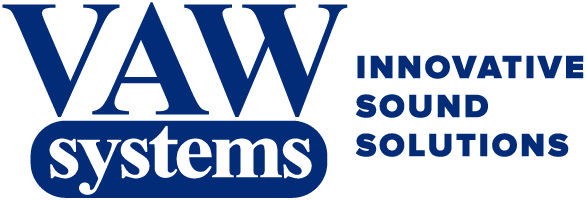Environmental Noise Control


Understanding Environmental Noise
Environmental noise is all around us, from transportation noise to the noise emitted by air conditioners. At low levels, environmental noise is tolerable. When environmental noise passes a certain threshold, however, it can cause sleep disturbance and other adverse effects on the population.
Business owners play an important role in reducing noise levels; in many cases, noise reduction is required to comply with regulations. Fortunately, noise and vibration can be reduced, and noise exposure can be limited by using silencers, barriers, and other environmental noise control solutions.
Factors That Cause Noise Pollution
The biggest factor in noise pollution is the amount of noise that a particular source emits—noisy equipment contributes more to noise pollution than quiet equipment. The orientation of the equipment can also have an impact on the amount of noise that can be heard by a given receptor (a receptor is a location or entity where the noise can be heard). The sound quality of the noise will influence the level of annoyance. For example, noise with prominent tones, low frequency, and time varying levels are more likely to be perceived as annoying, as compared to steady state, broadband noise emissions. Finally, the proximity of an emitter to a receptor has a tremendous influence on the level of noise pollution produced.
Business owners play an important role in reducing noise levels; in many cases, noise reduction is required to comply with regulations. Fortunately, noise and vibration can be reduced, and noise exposure can be limited by using silencers, barriers, and other environmental noise control solutions.
Why Choose VAW Systems?
With decades of experience in noise reduction, we have a wide range of energy-efficient noise reduction solutions for virtually any noise source. We custom engineer solutions for our clients, giving us the ability to control noise emissions as close to the source as possible.
Our experience allows us to address any field issues—weight, access, wind and snow loads will all be considered and addressed by our noise control engineers. Aesthetics are also considered; we can make the noise control solutions we engineer as unobtrusive as possible.
Business owners play an important role in reducing noise levels; in many cases, noise reduction is required to comply with regulations. Fortunately, noise and vibration can be reduced, and noise exposure can be limited by using silencers, barriers, and other environmental noise control solutions.
Contact Us
We offer environmental noise control solutions throughout North America. For custom-designed, highly effective noise control, contact VAW Systems today.
FAQ
What Is Environmental Noise?
Environmental noise is a noise that can be heard outside, especially in the context of “unwanted noise”. Natural sounds, like the flow of rivers or the chirping of birds, are not considered environmental noise. The term only applies to noise created by humans and generally refers to noise made by machines.
When environmental noise is discussed, regulatory bodies and acoustic engineers will refer to receptors (areas or entities that will be affected by noise). Receptors can be varied—environmental noise can travel over property lines and affect receptors off your property. They can also affect receptors on your property; a generator in a hospital may make enough noise that it can be heard from a patient’s window.
What Are Common Sources of Environmental Noise?
Environmental noise is frequently caused by transportation (like buses, trains, and cars) and machinery (like fans, pumps, engines, cooling towers, and other mechanical equipment). Noise emissions can be measured both at the source and at receptors.
The location of a piece of equipment (at-grade, on a rooftop, within a building, and in other locations) will affect how noise emissions are heard, and how far away they can be heard. Other factors, such as the levels of insulation around the emitter, will also affect the amount of environmental noise it generates.
How Can We Manage Environmental Noise?
Environmental noise can be managed through environmental noise control solutions; installing VAW Systems silencers, barriers, and other environmental noise control solutions as close to noise sources as possible can dramatically reduce the amount of noise emitted outside. VAW Systems silencers may be tuned to mitigate prominent tones (e.g., fan blade pass frequency and harmonics). Remember to consider the overall noise level at critical points (the sum of all noises at those points), and to prioritize reducing the noise emitted by the sources that are contributing the most to the overall noise level at that point.
What Is Considered Environmental Noise?
Any unwanted sound at a point of reception can be considered environmental noise, especially if that noise traveled outside.
How Long Does It Take To Implement Noise Control Solutions?
The answer to this question varies depending on both the type of noise emission and the types of environmental noise control solutions being implemented. Noise from fans and pumps can be mitigated within a few weeks; it may take several months to fully mitigate the environmental noise from larger sources and facilities.
What Are the EPA Guidelines for Environmental Noise?
Regulations for noise control are established at the state or local level in the United States—the EPA has no direct jurisdiction over noise control. There may also be site-specific noise control regulations. EPA guidelines were created decades ago; they provide insight into the effects of noise on health and welfare, but they do not hold direct regulatory power.
